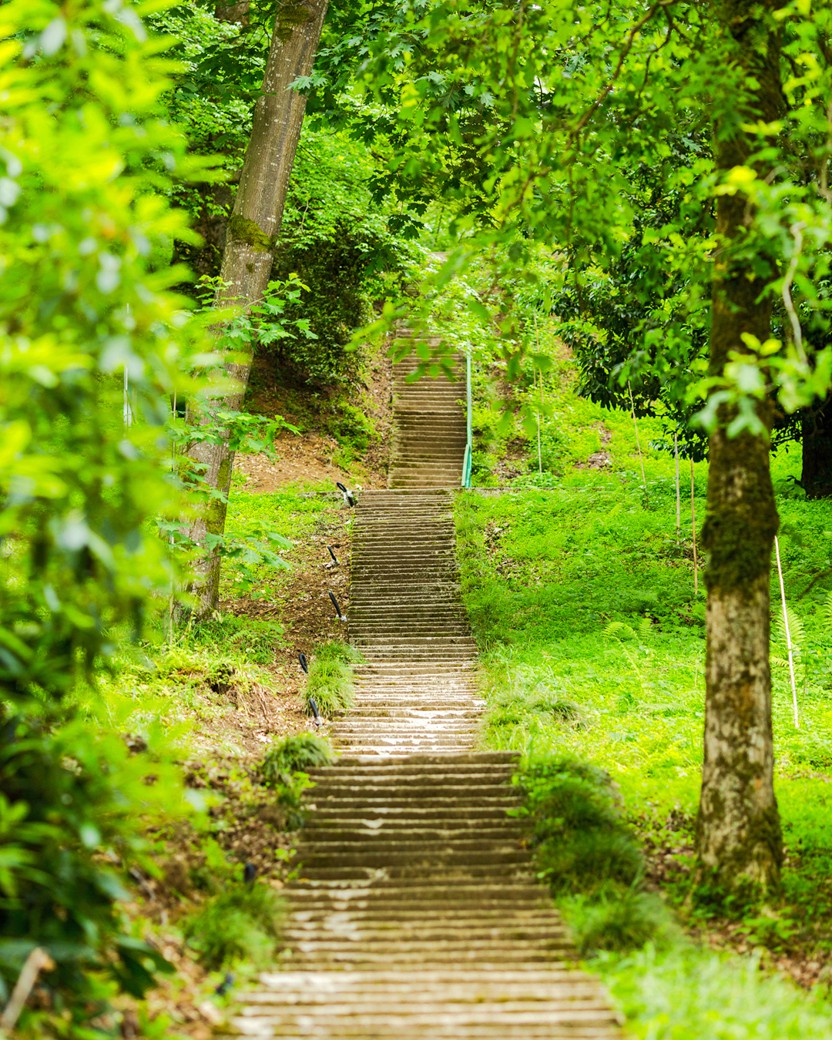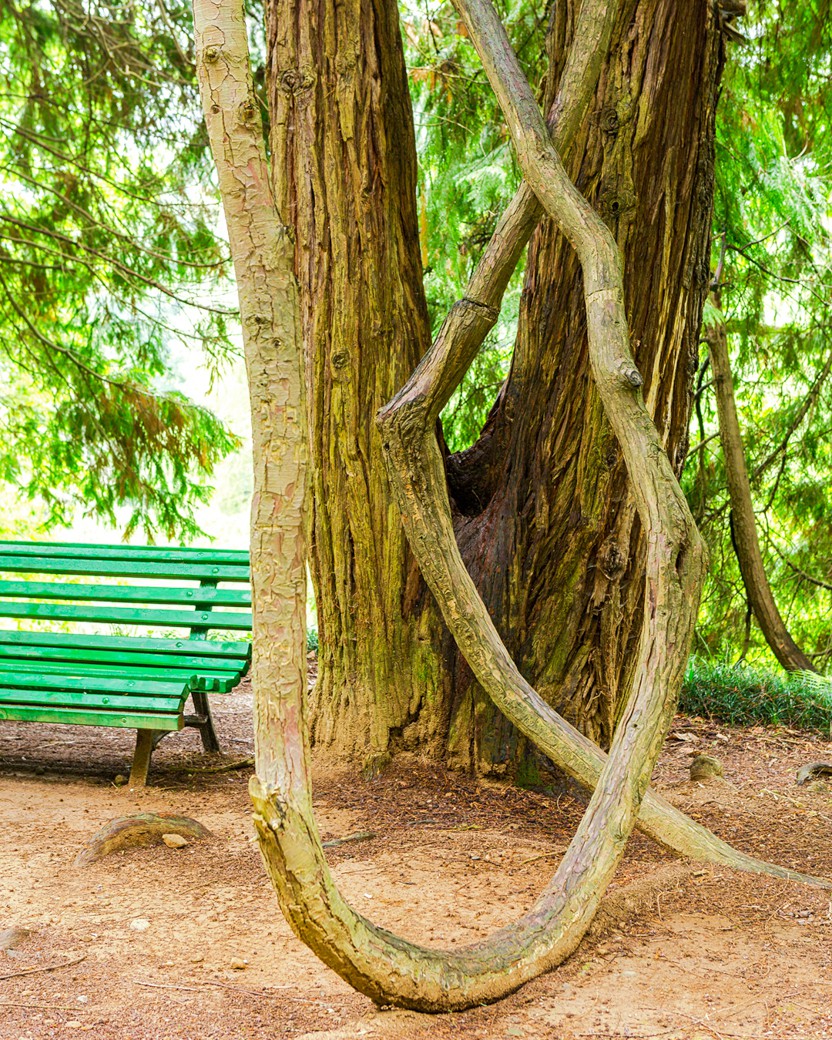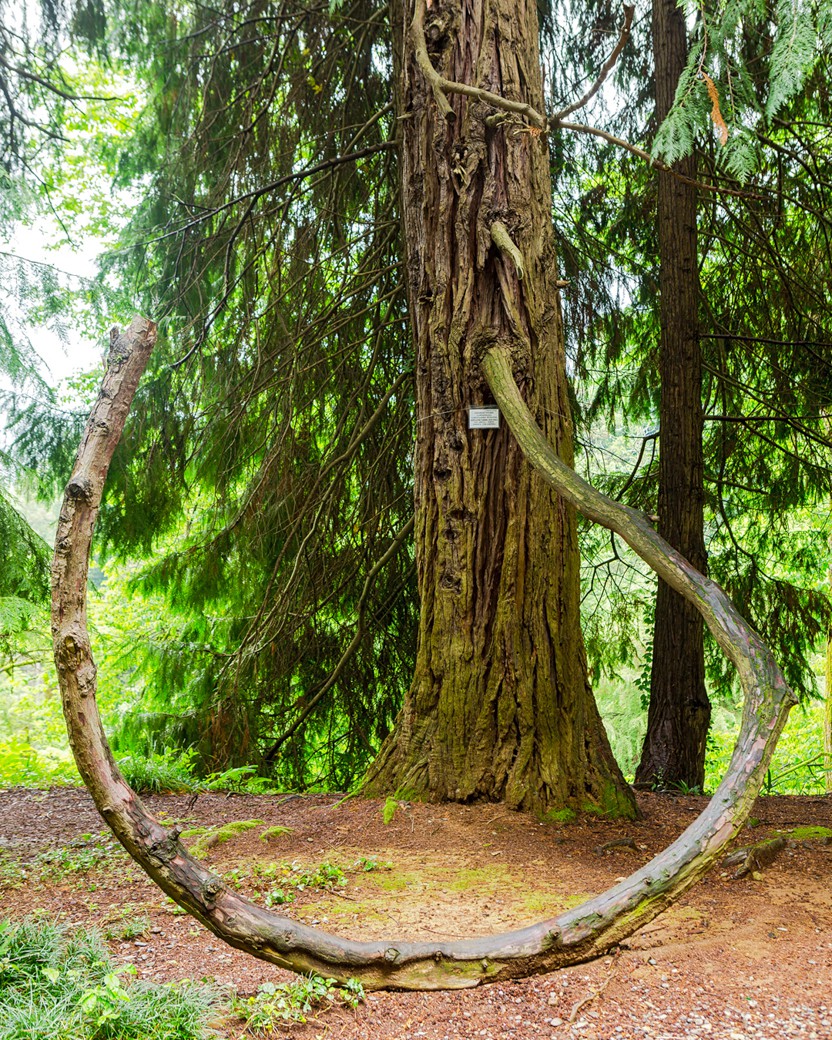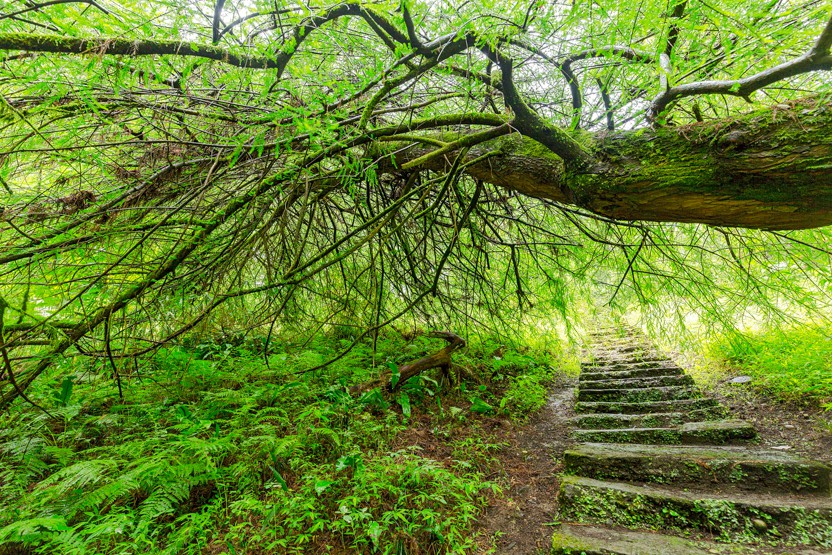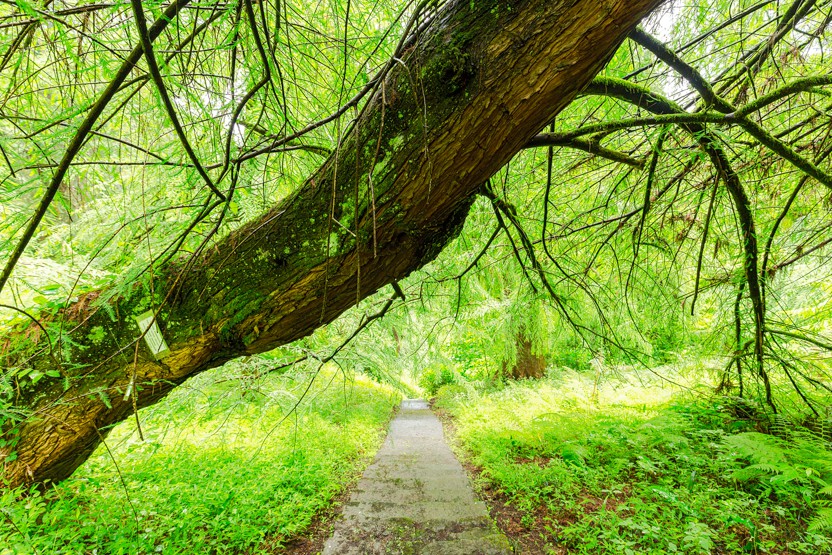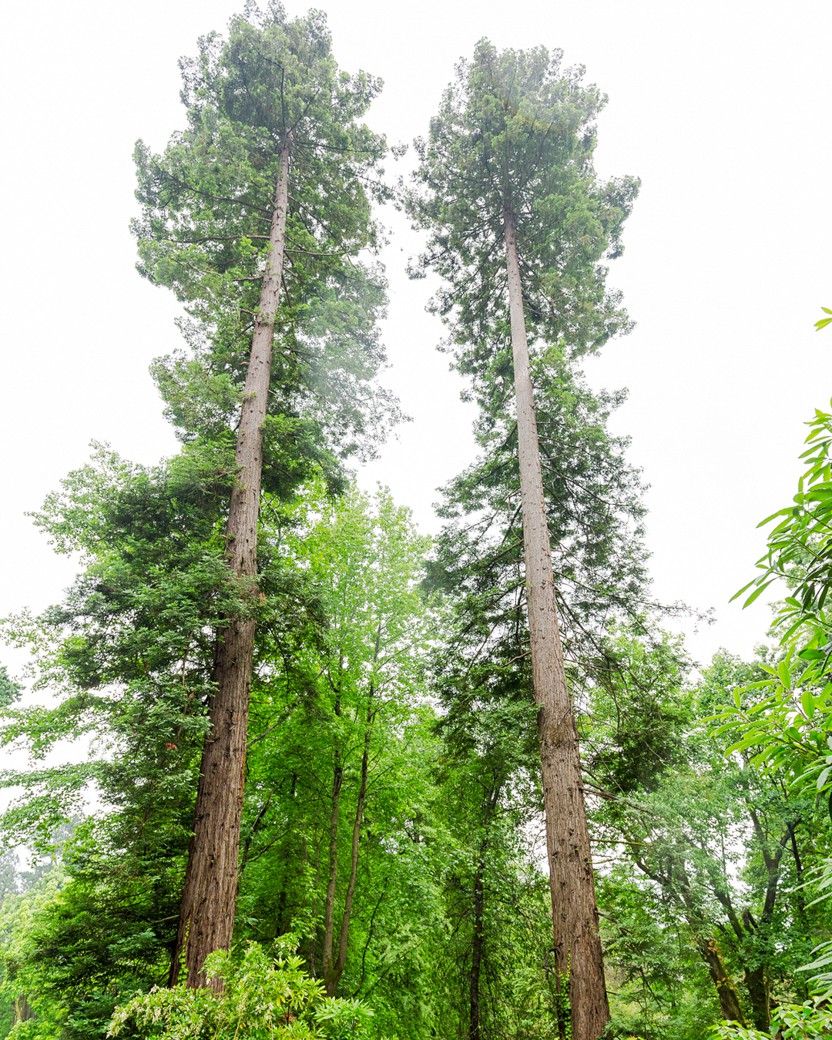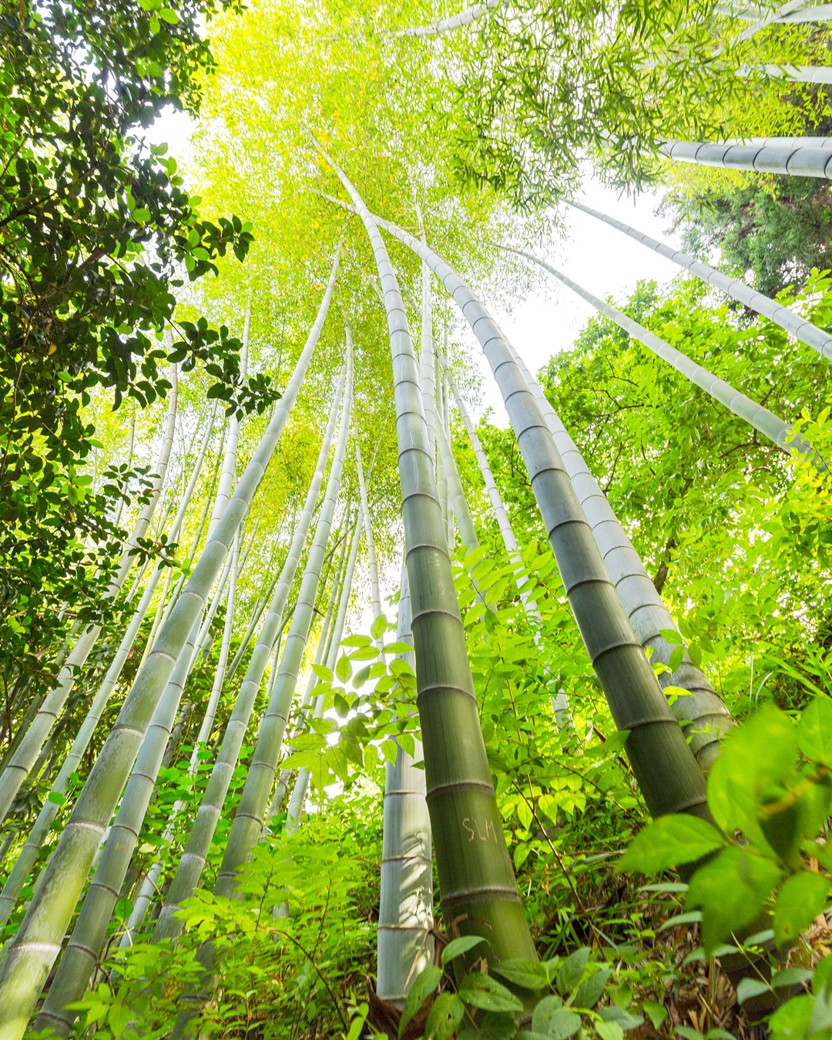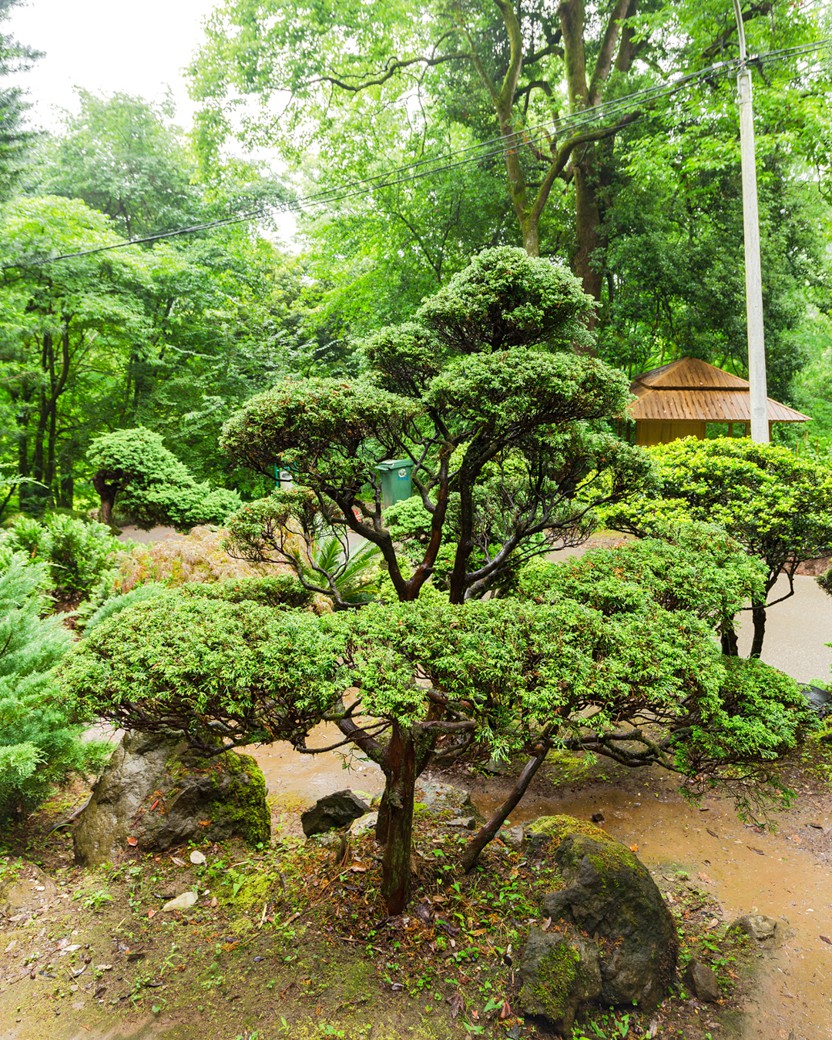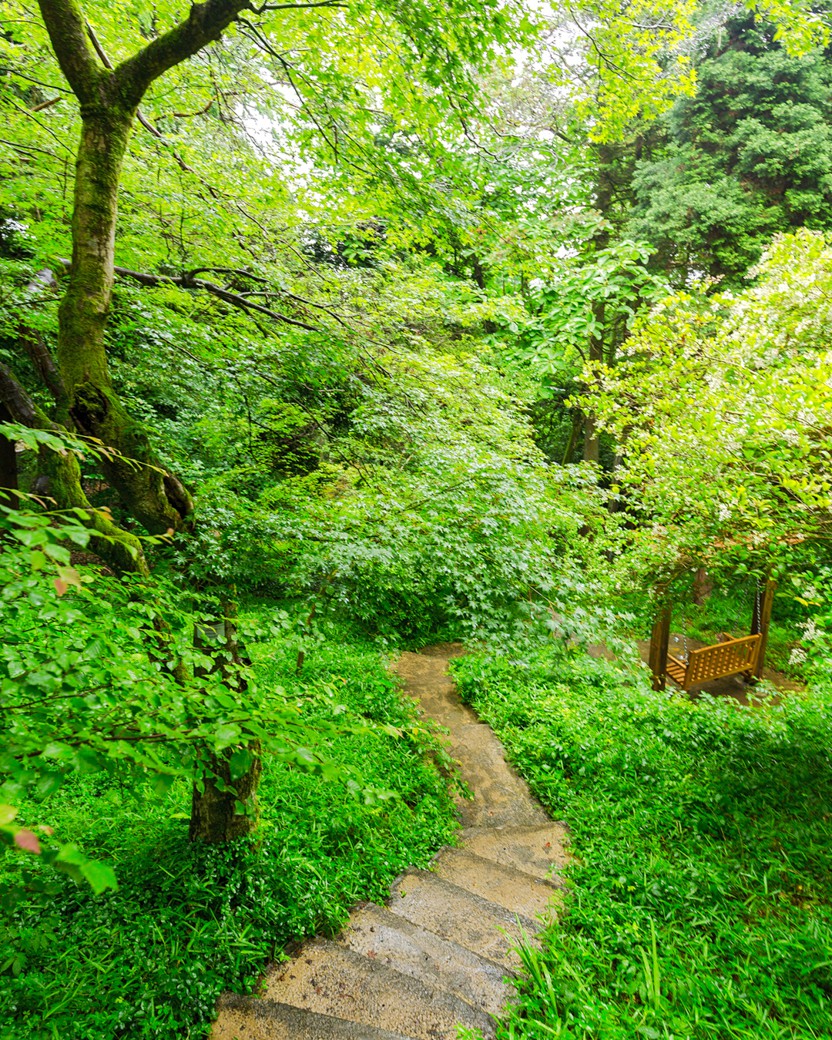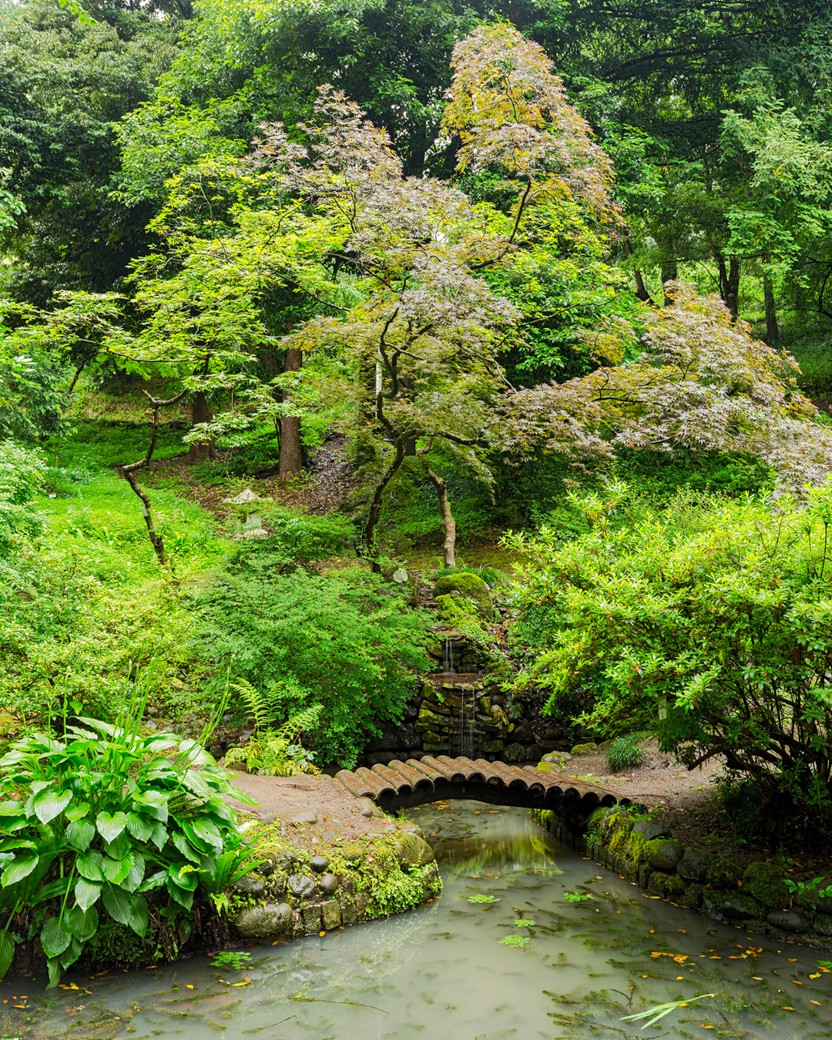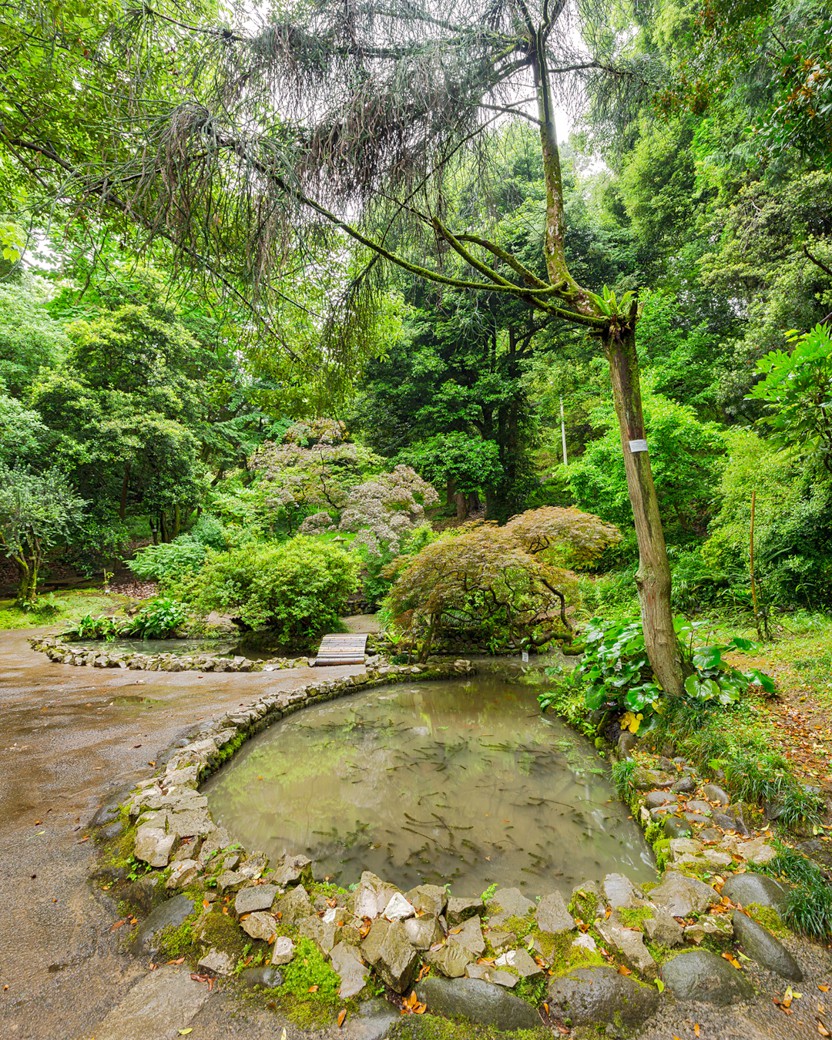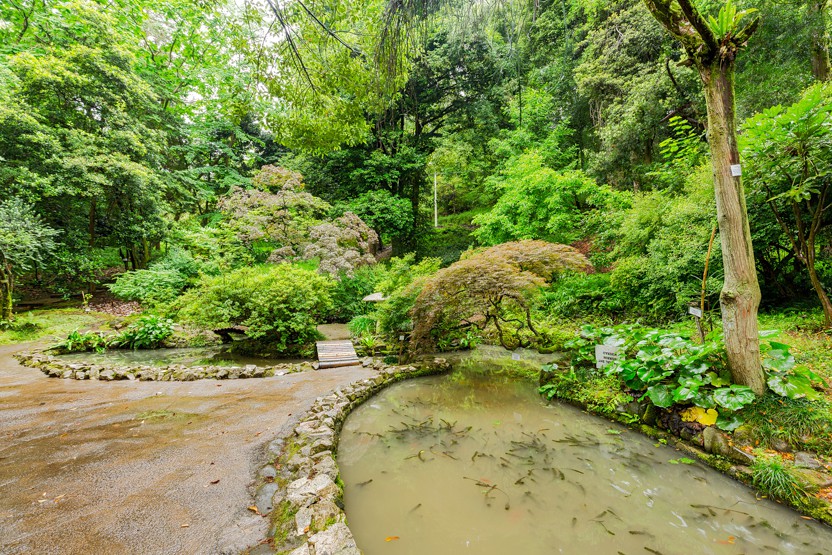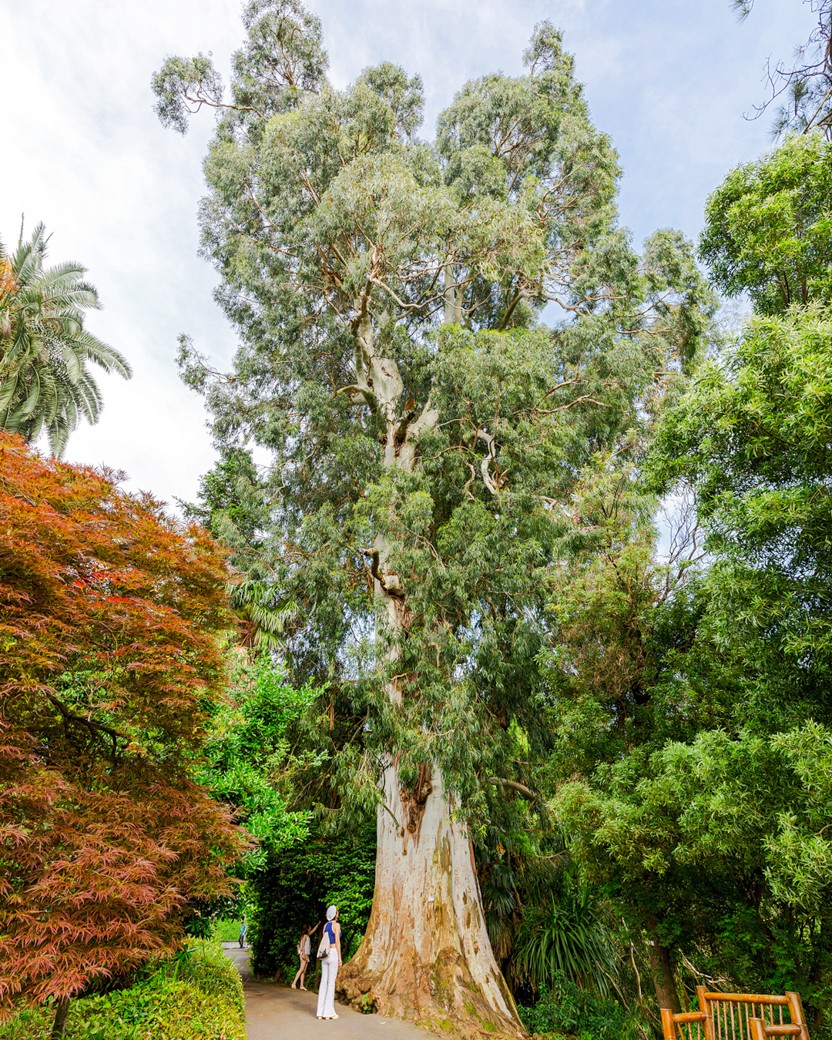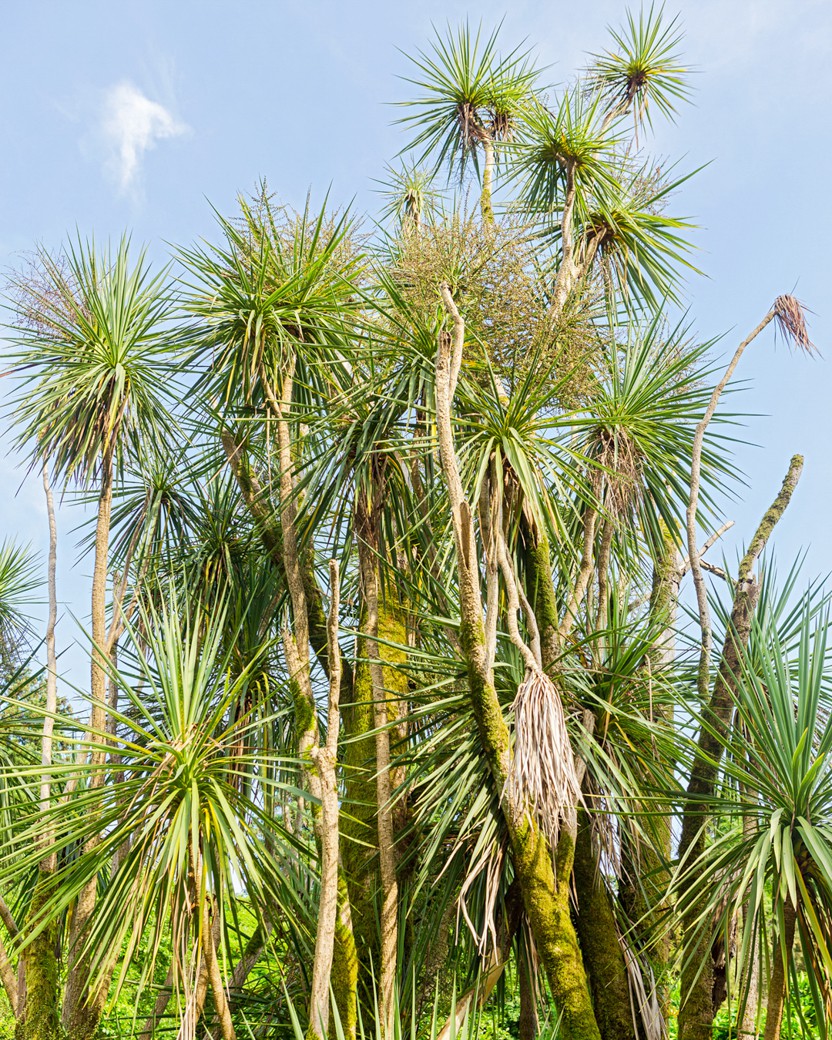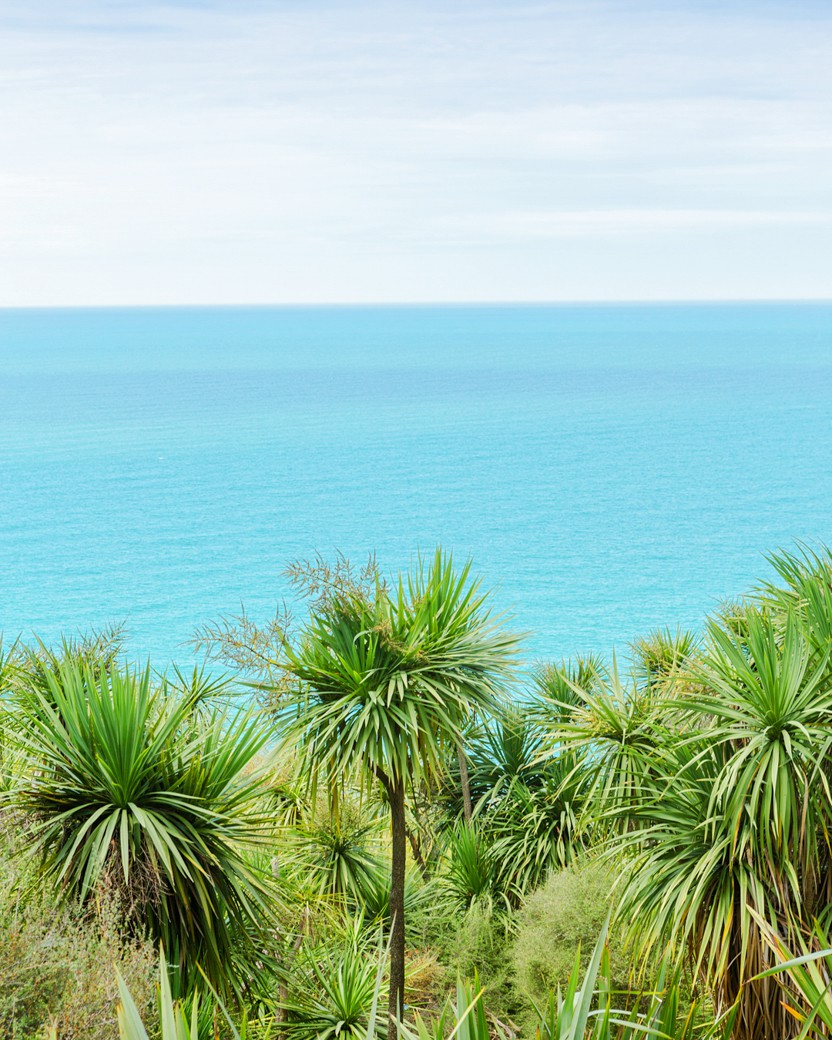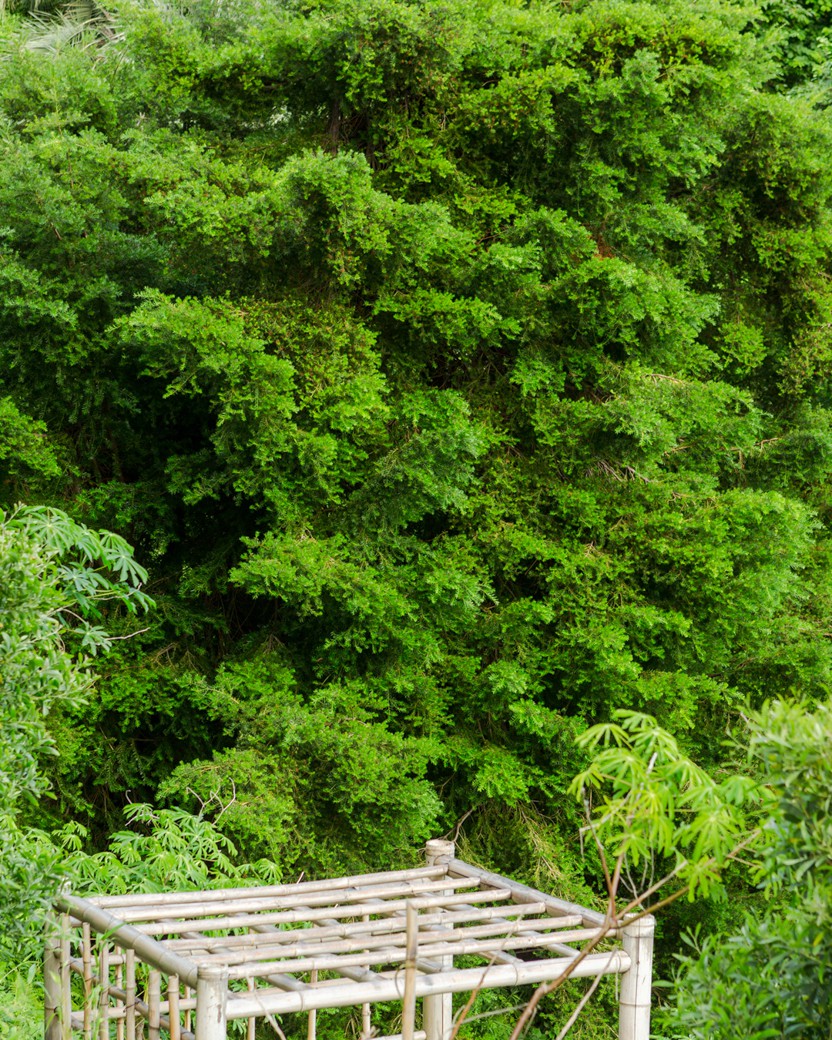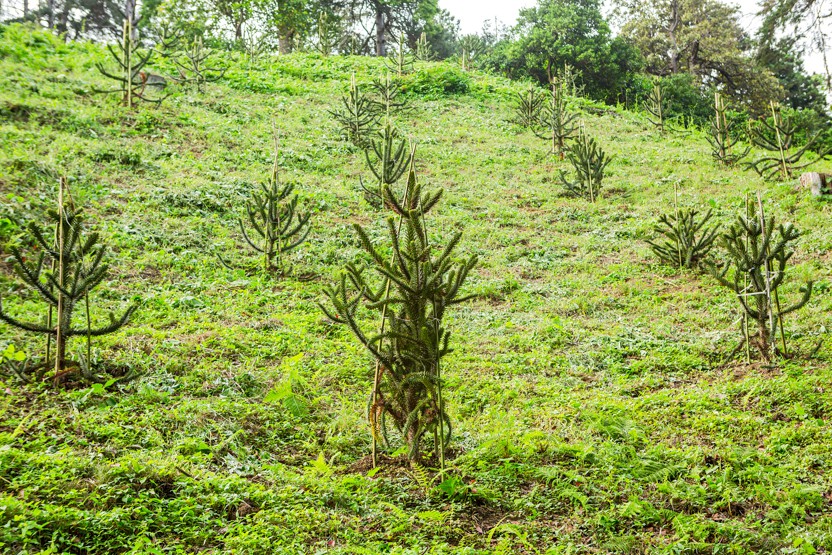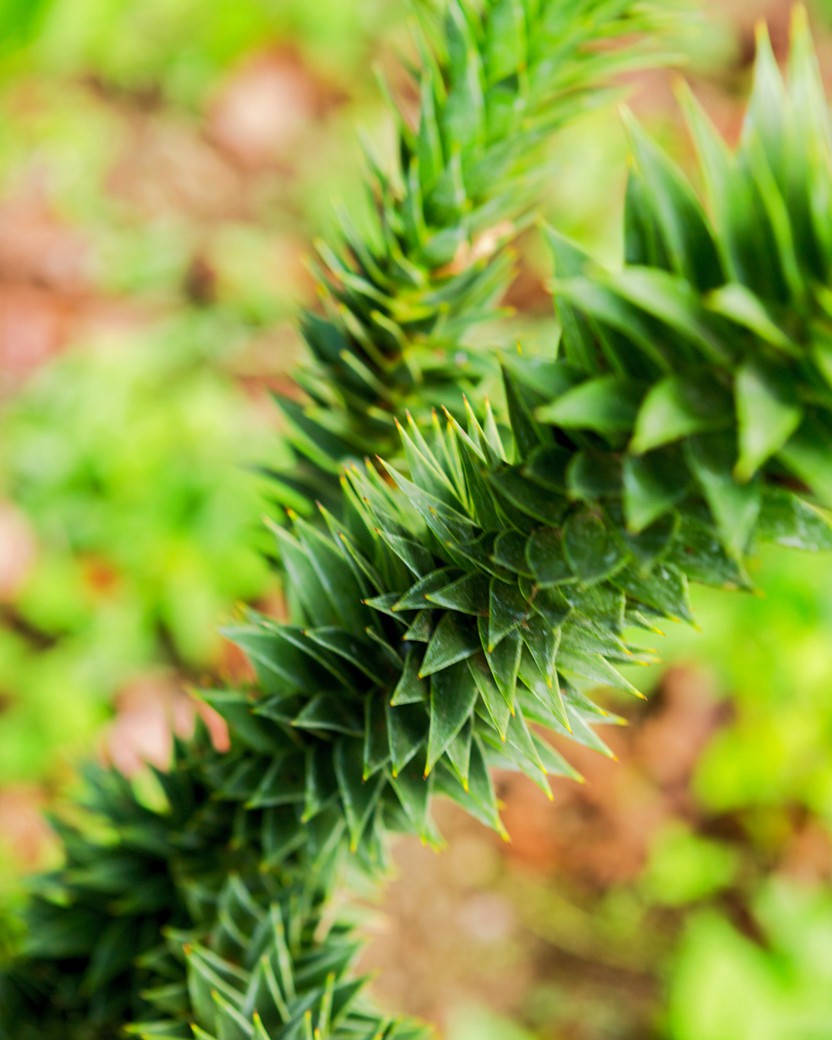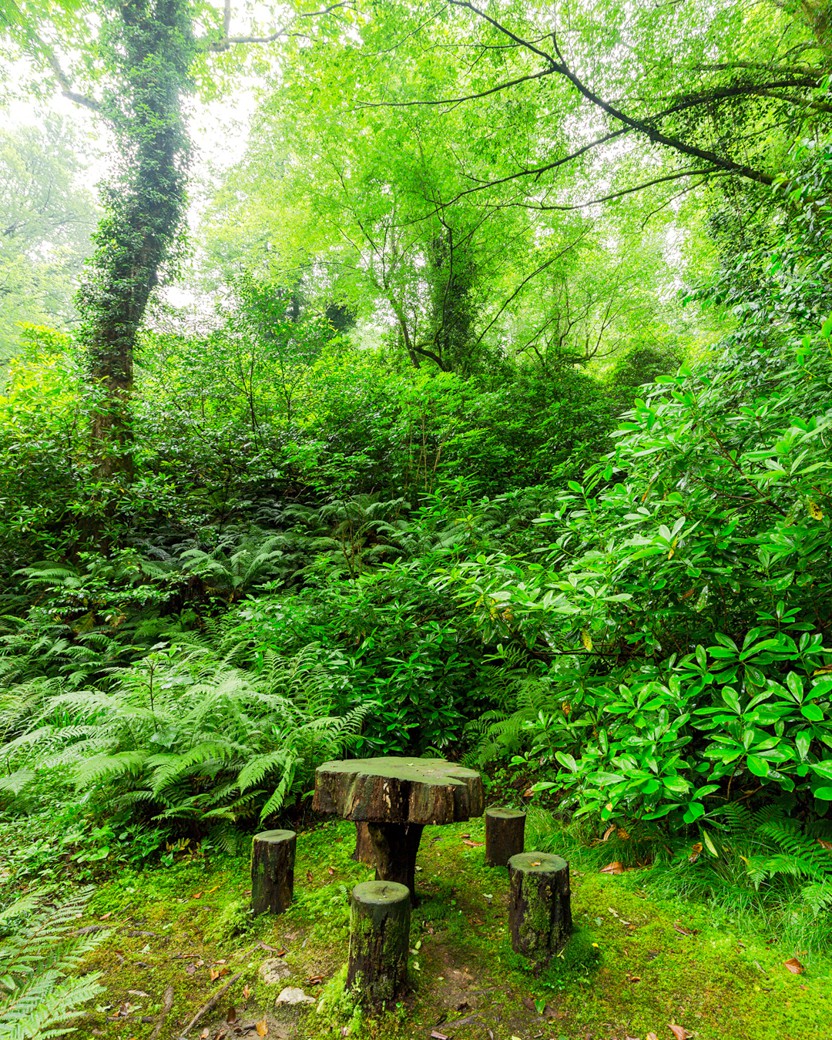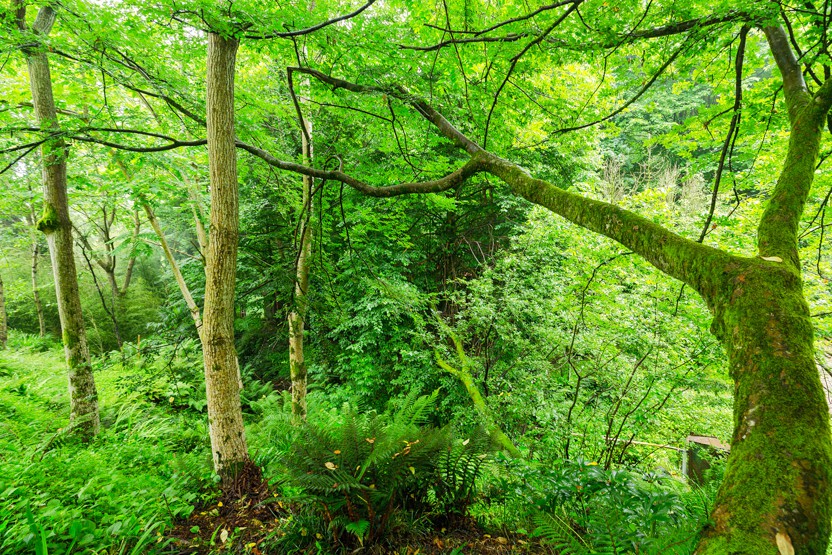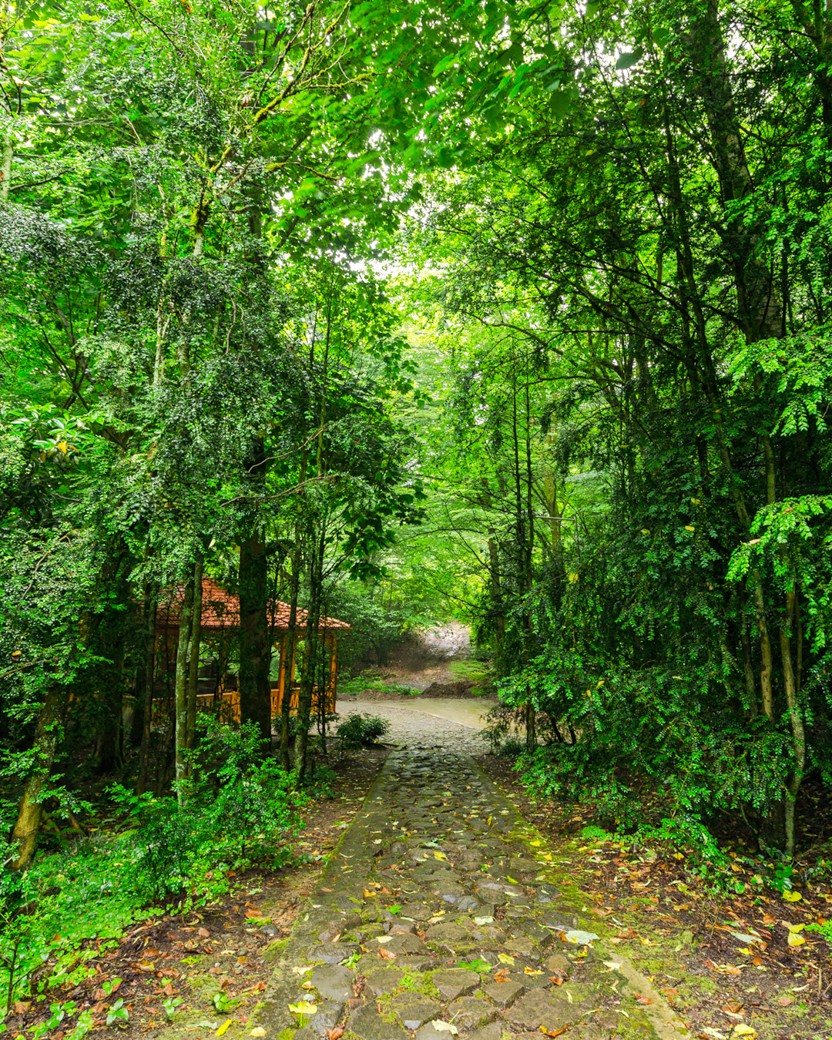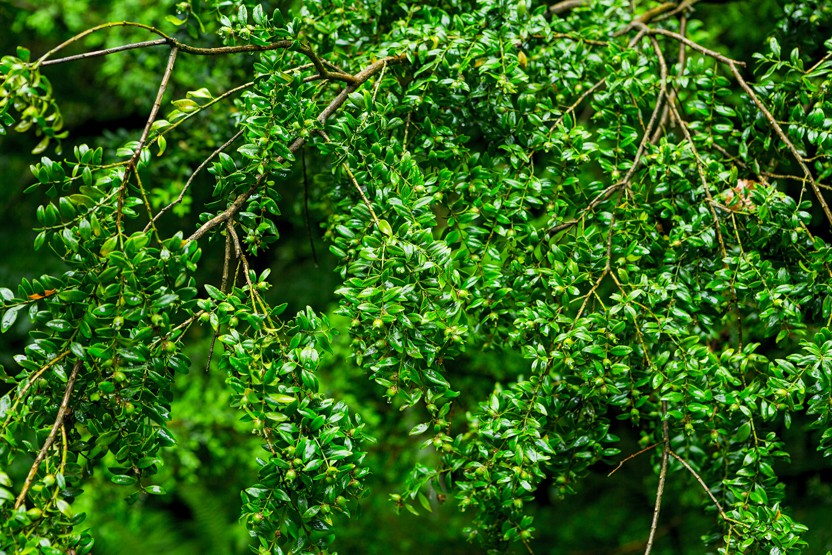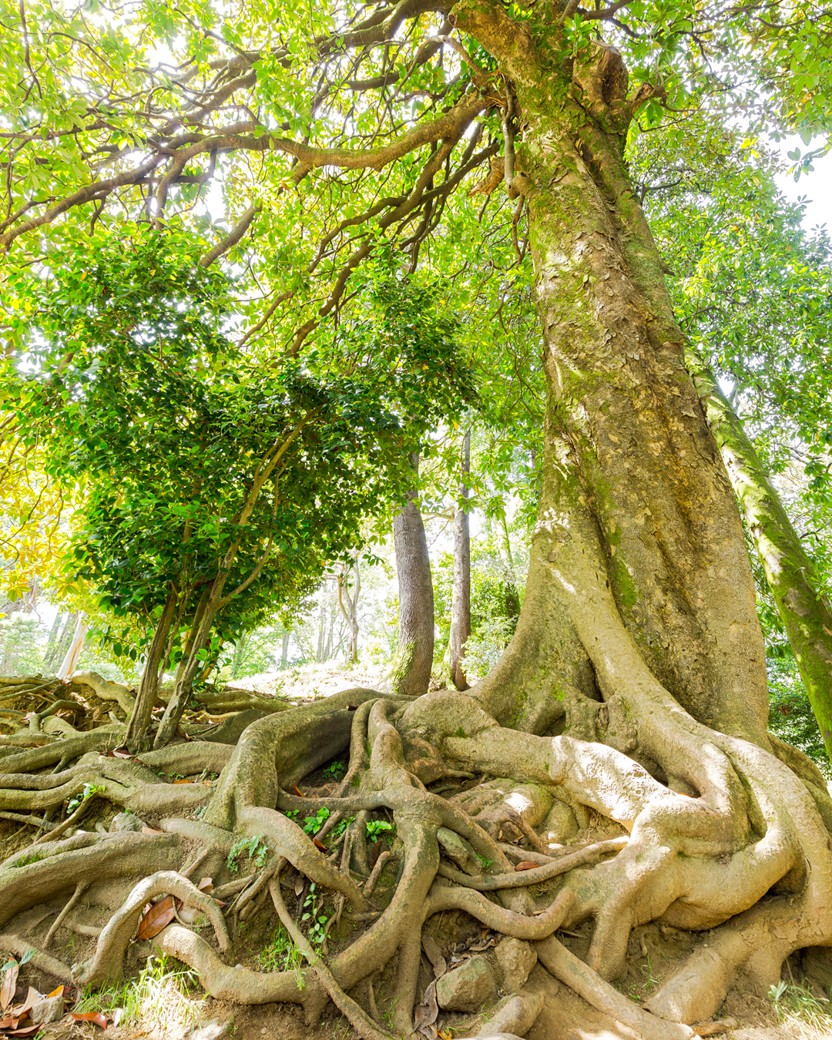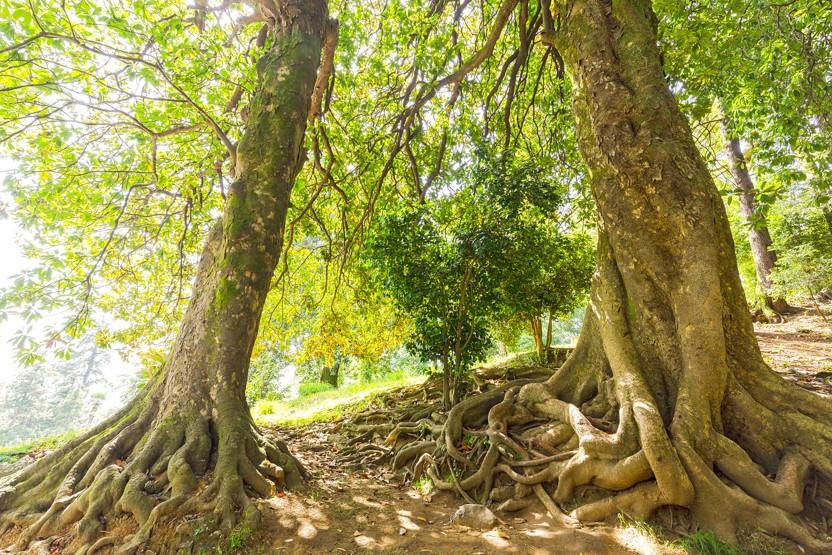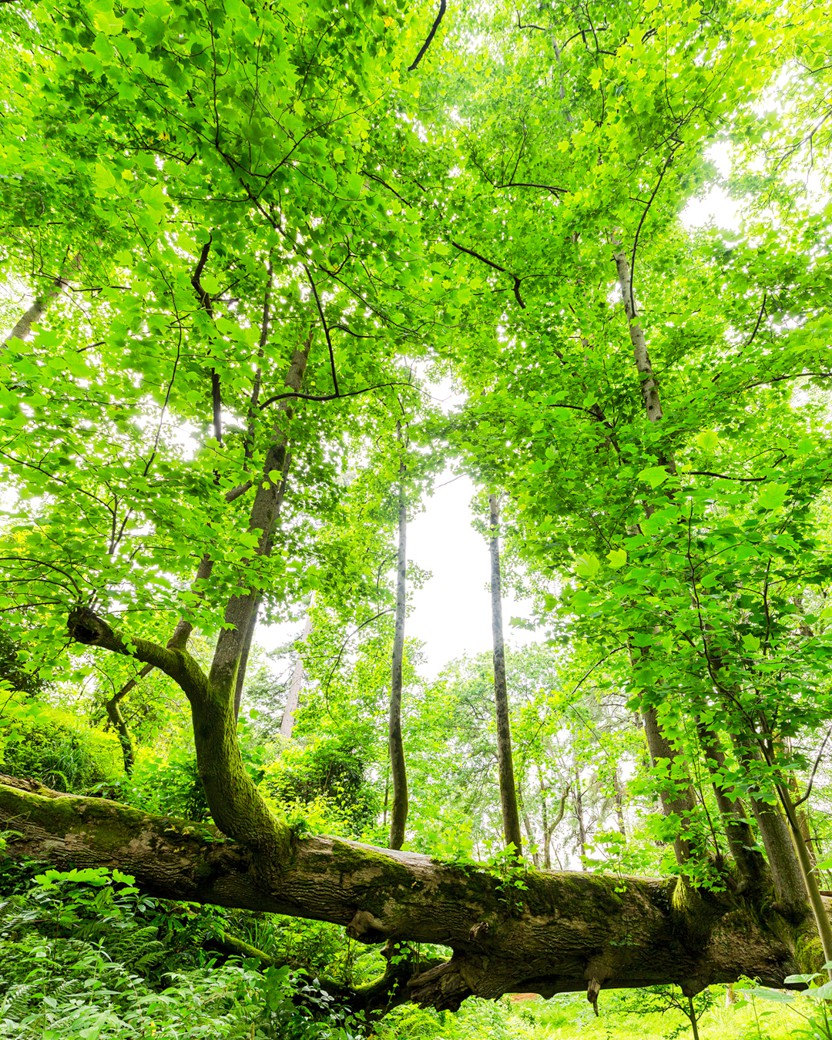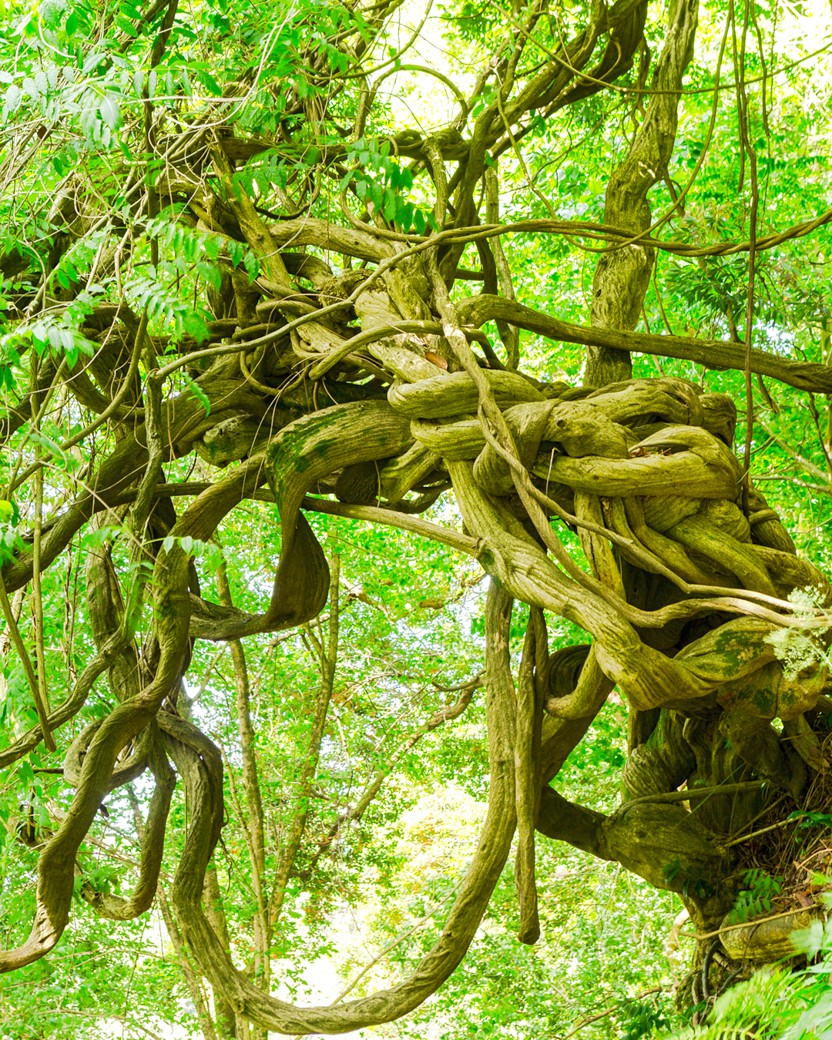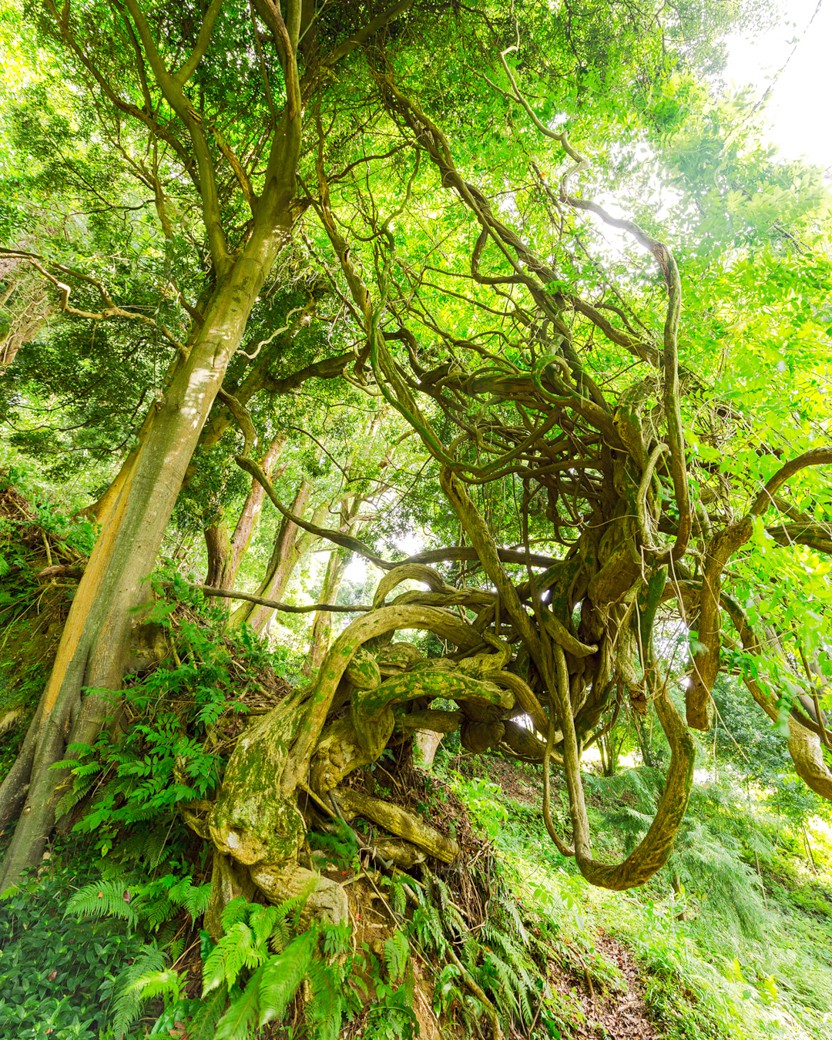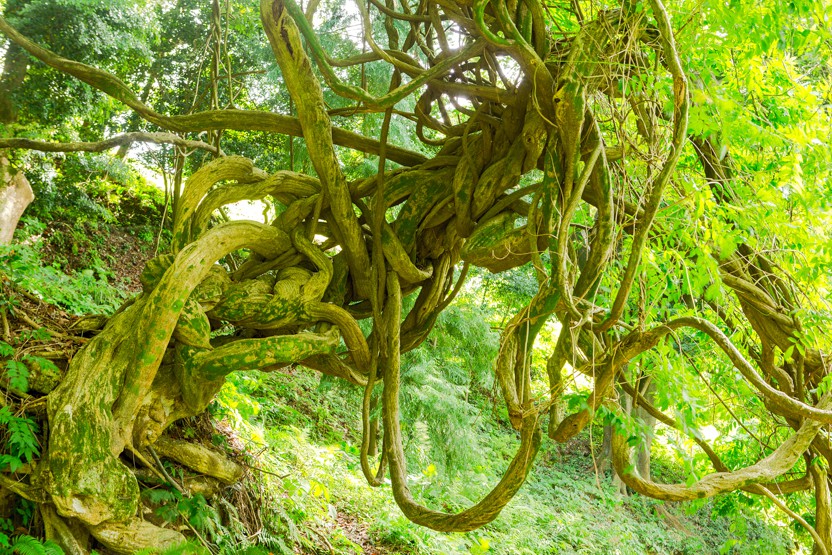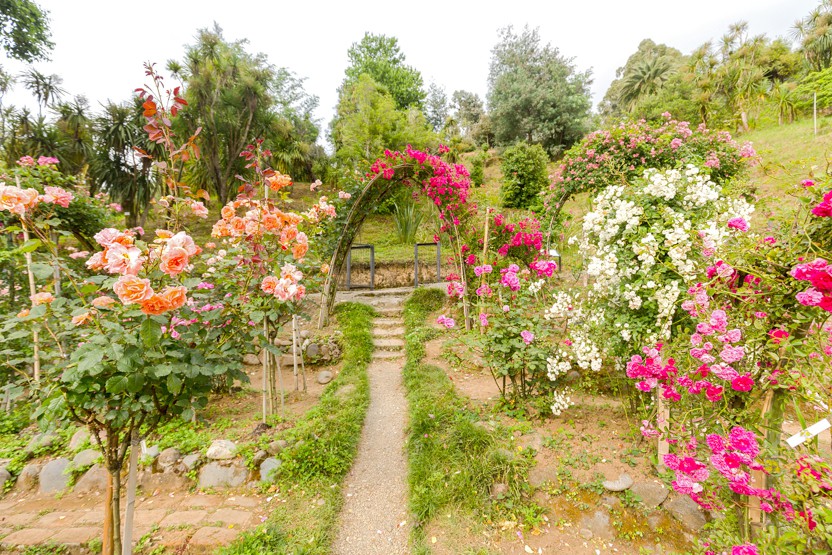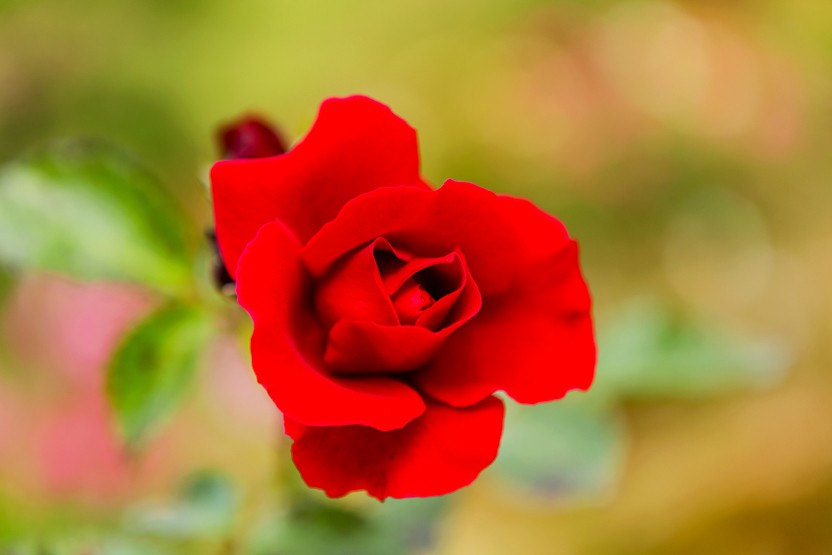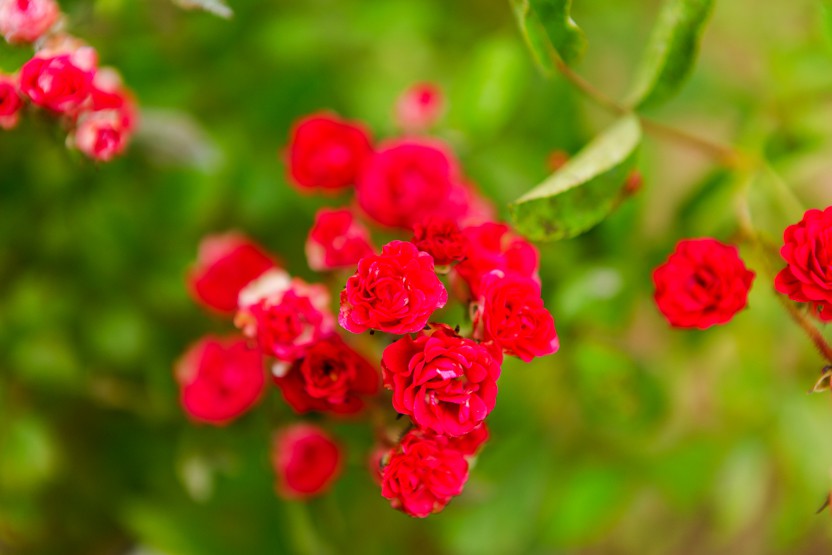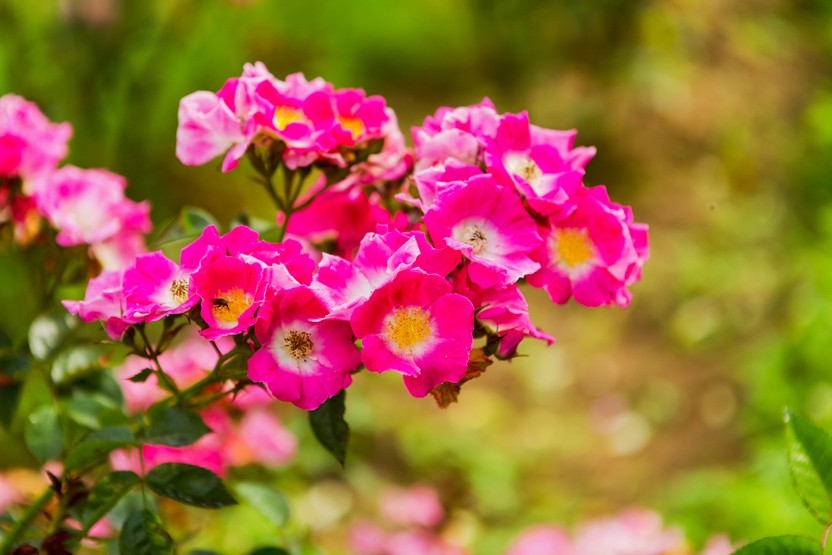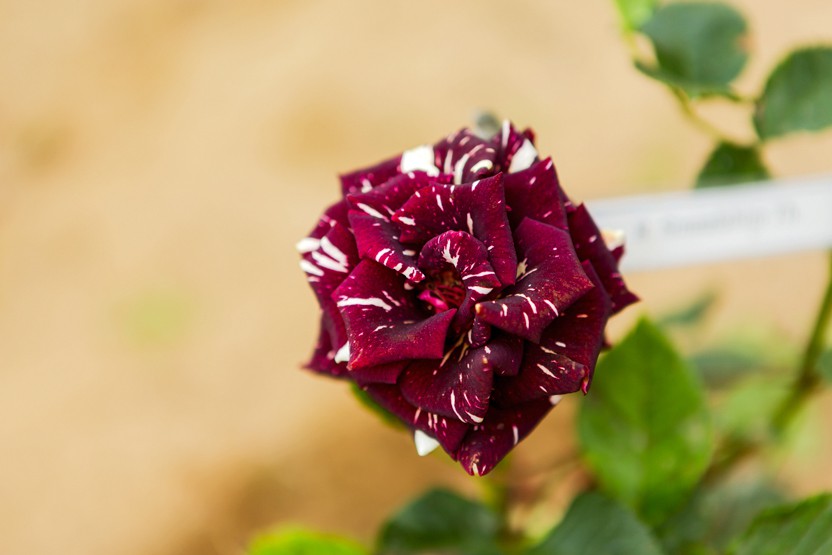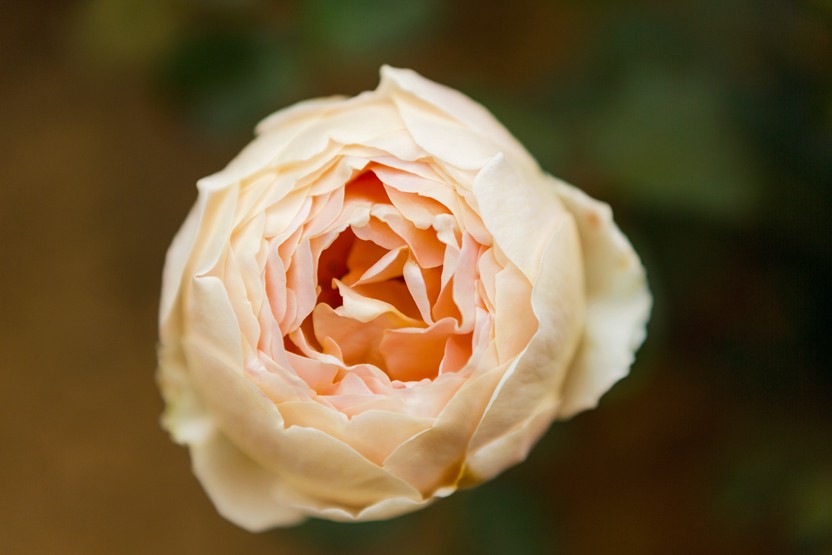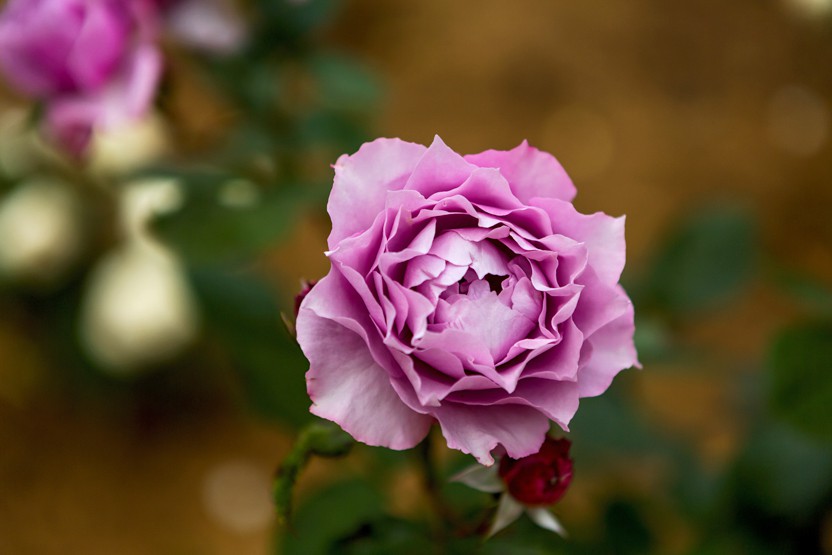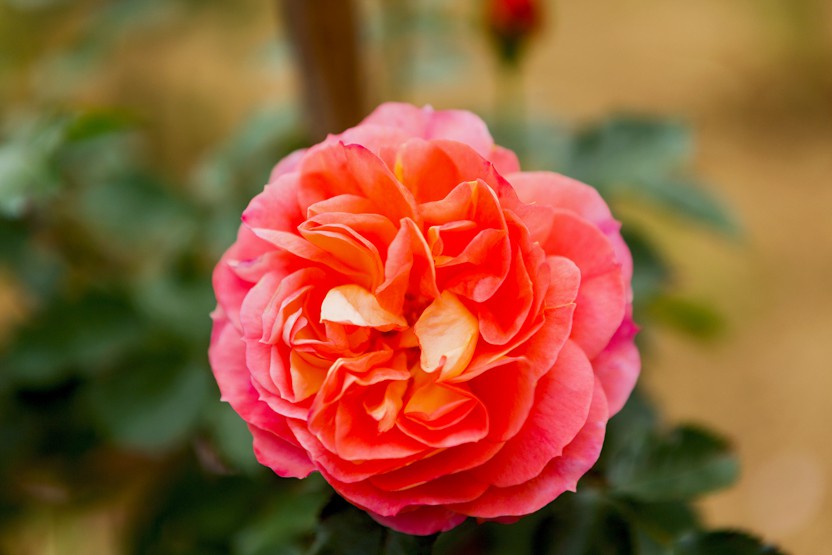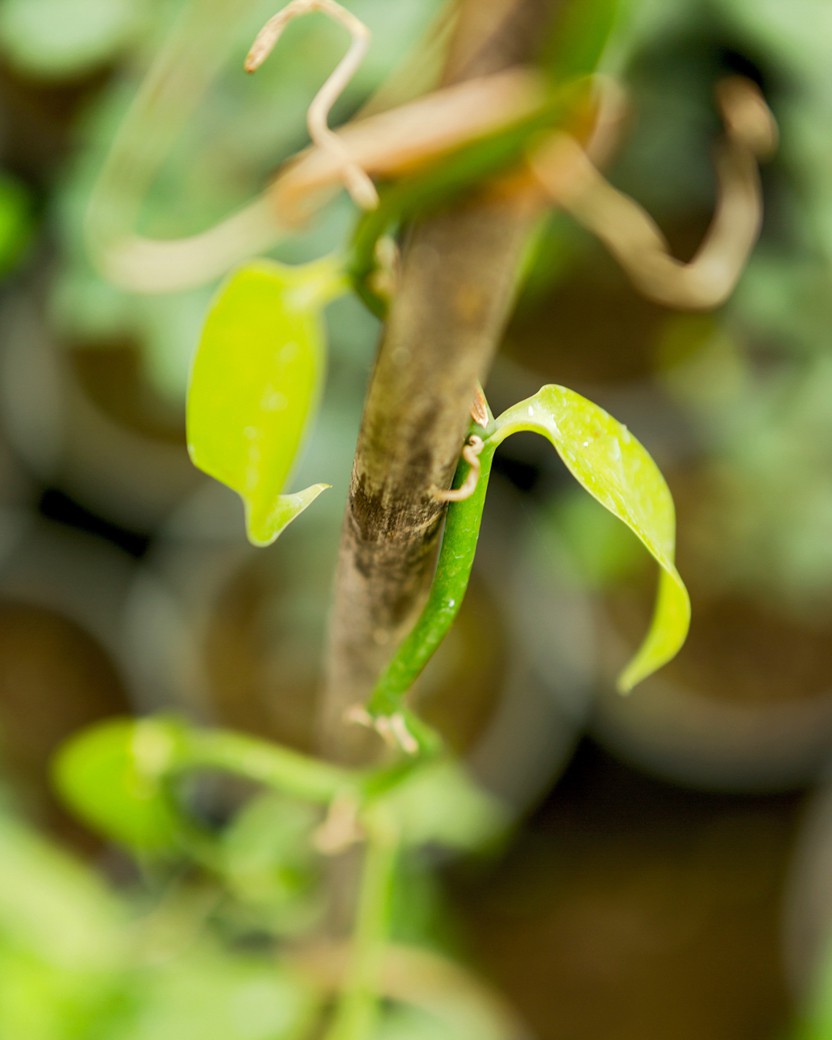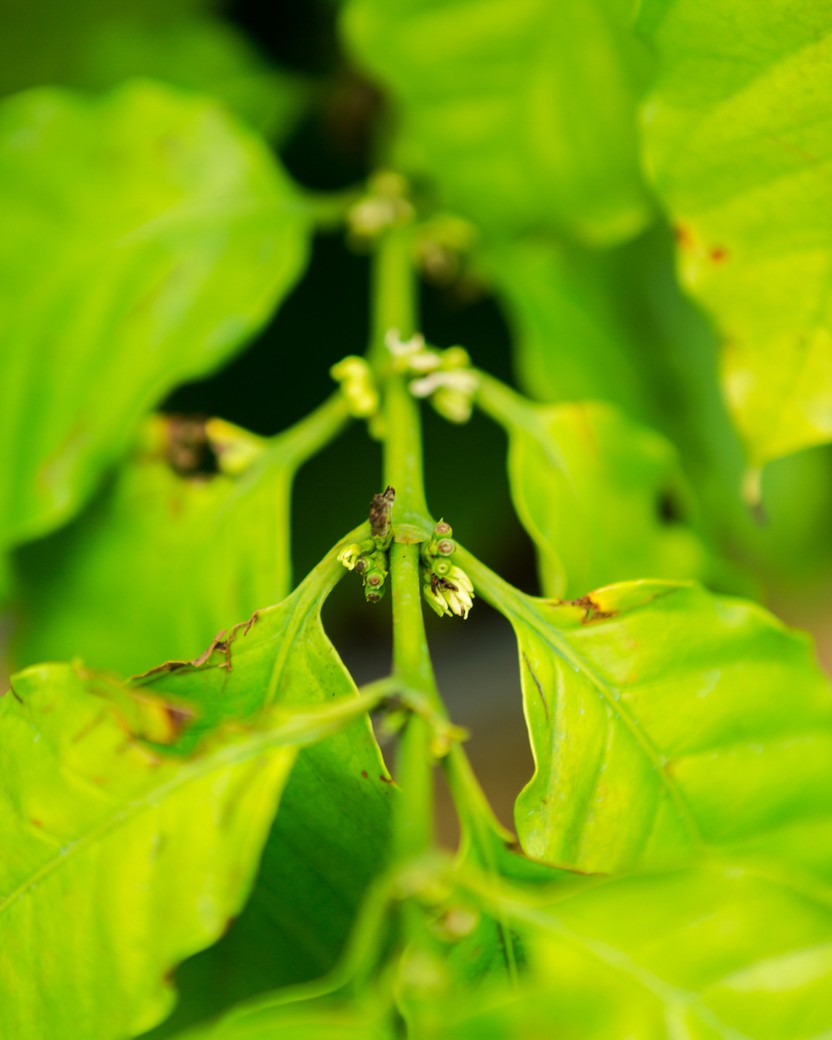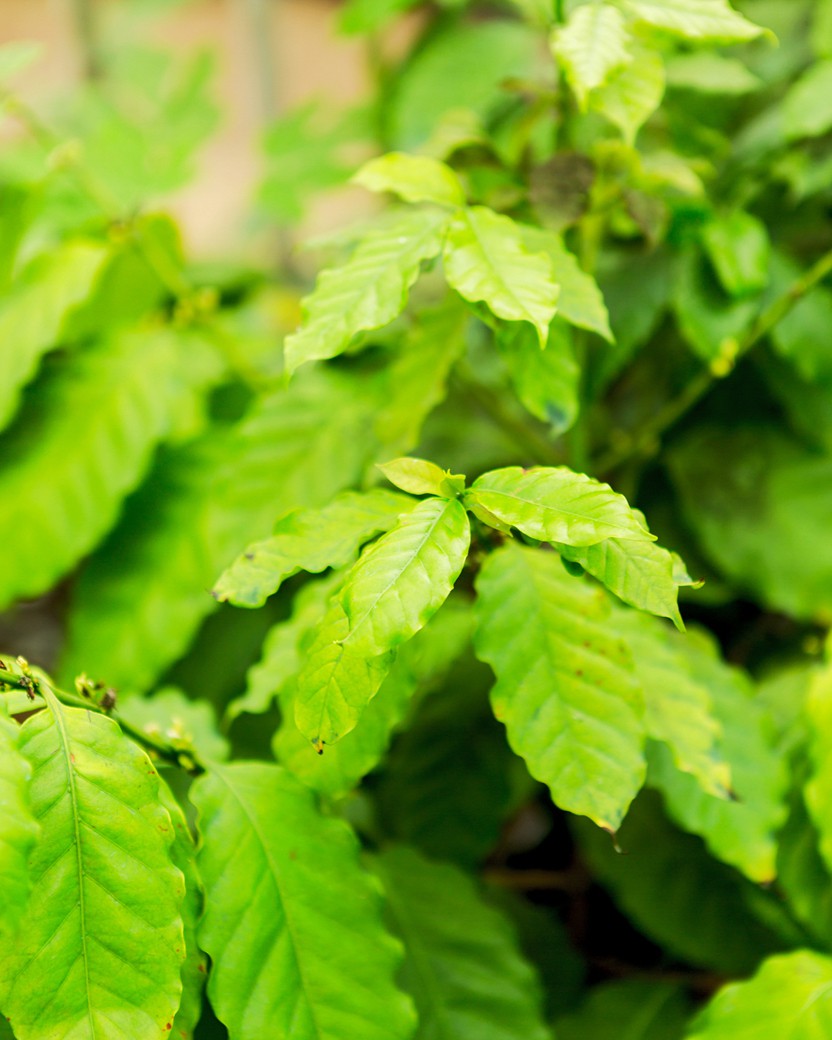
A journey into the depths of the Botanical Garden, or 12 amazing facts
Did you know that to pass an eye over the all continents of the world is possible in a day, and that it will not take tens of thousands miles and 8 300 hours of your life? Visit Batumi’s subtropical paradise and you will see for yourself. It is really amazing – how once impenetrable, inaccessible Caucasian forest became a pearl of the world flora with the centennial parks composed of trees from different continents.
First emigrants
The building of the garden started with “North America” 130 years ago. To see the flora of the far West in the first section of the Botanical Garden, you have to go up 347 stairs
Magic forests of California and Oregon ravines, Guadalupe or Mexican cypresses, American agaves make you forget you are in Georgia
Few steps away, you will find yourself surrounded with the highest trees. Giants ascending to the sky and the garden’s evergreen goliaths – the proud Sequoias are 35 meters high
Now you can confidently say that you have seen the Californian forests in reality.
Oldest plants
The oldest plants of the Botanical Garden, including bamboo plantation, is the gift of the eastern nations. The fast growing Moso Bamboo was brought to Georgia by the founder of the garden 123 years ago
Elegant Bonsai Trees
At the sight of the smallest bonsai trees, you imagine a homeland of the spectacular gardens. These are philosophic gardens – the samples of Japanese art, with the centennial bonsais, sakura trees, rare cycases and various graceful maple trees.
The philosophy of Japanese garden simplicity is divided into two sections: garden “Satetsu” or the dry riverbed and “Sapsui” – Southern garden with water mirrors, colorful fishes and bulging bamboo bridges.
While facing this completely different miniature, one may lose the sense of time until the nightfall. Now, close your eyes and imagine the murmur of water and reflections, the twittering of birds, a bamboo arbour and a stone bowl “Tsikubai”, descended from the sky to collect water. What about this?
Australian giants
The giants of the plant kingdom - tropical Eucalypts, proudly stand on the main route of the garden, not far from the dwarf trees. They survived from several heavy snowfalls. Probably nothing can damage the Australian eucalyptus, which is the widest tree of the Botanical garden. Its diameter is 5 meters and it takes about 6-7 people to make circle around it.
New Zealand exotics
Can you imagine bringing seedlings to Batumi from the "Long White Cloud Country”, located 16 000 km away and cultivating a garden?
The unique exotics from New Zealand – Southern Cordylines (Cordyline Australis) settled at the coastline of the Botanical Garden centuries ago, perfectly adapted to the environment and created a spectacular landscape of New Zealand garden.
From Chile to Batumi
New Zealand seems nothing special compared to the sub-Antarctic species. Valdivian Podocarpus (Podocarpus nubigenus) moved from the furthest Western point of the South America. These endangered species are preserved in the global red list, though, they feel themselves perfect in their second motherland.
Both A loner and a puzzle
It is surprising how the most sensitive plant of the garden – Araucaria from Chile adapted to such a low temperature. They periodically died, but still overcame the acclimatization during the years. If the species of the global red list manage to survive, they will meet visitors of the garden in 2000 years too. They have such a long lifespan.
They justify their name – their coniferous leaves are so thorny and rough that even birds can’t touch them. One British even called “araucaria”, planted in his garden a “Monkey Puzzle”.
Aborigens
The original inhabitants of Paradise form the fragments of primary Colchian forest. 3 Aborigines - hornbeam, beech and lime are 300-400 years old.
The Colchian box tree copse is one of the 17 species preserved in the red list.
Garden aristocrats
Magnolia appeared on Earth 40 million years ago and it is not surprising if it is regarded as the most frost-resistant plant of the Botanical Garden. The most noticeable, 125-year old large-flowered Magnolia is able to endure the temperature up to 25°C. Together with its neighbors, magnolia forms the most sophisticated alley in the lower part of the garden
Green magicians
Unlike Magnolia, the tulip tree didn’t survive from the heavy snow of 1985. Liriodendron fell down, though it became more charming. Her majesty still inspires all visitors of the garden. But now it appears in the form of a 15-meter pedestrian bridge.
This bridge and Wisteria can be regarded as the strangest exhibits of the garden. Wisteria tangled like a vineyard reminds us of braided hair.
Queens’ carnival
The sweet scent scattered in the air will bring you to the rose garden. In fact, how can anyone miss such a carnival of colors?
Wherever you look, you see roses – Black Beauty, orange, yellow, white, red, dark purple – up to 170 kinds and species, despite high humidity and red soil. Before the garden was established, there were 6 varieties of rose.
Only one of them has survived. Imagine, the queen "Marshall" is in bloom for more than 100 years.
After such abundance of roses, one can be only surprised by the most sensitive flower. The South American Shy Mimosa closes its leaves upon touch and hides in seconds.
Guests from distant tropics
This fruit of melon tree is the result of special care of the gardeners.
The melon, vanilla and coffee trees, before meeting with visitors, live in a greenhouse under special care of magician-gardeners.
See and then live
Since its establishment, the Botanical Garden has been visited by about 32 million visitors, who breathed its air and felt the gratitude towards its creators and keepers. One expression comes to my mind - “SEE AND THEN DIE”, but now I would rather say - "SEE AND THEN LIVE", to come back here again and get even more surprised.
